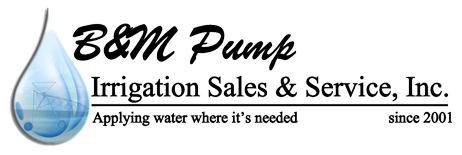Voltage Check: Periodically check the built-in Voltmeter on the Main Control Panel Inner Door and make sure it reads 456-504 VAC, 60 HZ (380-420 VAC, 50 HZ) on 480 VAC Systems or 230-250 VAC, 60 HZ on 240 VAC Systems. In no event should the operational voltage read outside these parameters. If it does, find out why and correct it. This will prevent possible damage to the drive motors and other electrical components. If your system uses a Generator, excessive voltage indicates it is running over speed. This can damage the Generator and the System’s controls. Also check the tension of the Generator drive belts. Loose belts can cause slippage and low voltage output may result. Exercise caution if you manually check your System for proper voltage.
Visual Inspection: The System should be inspected periodically. Look for under-inflated Tires, oil leakage from Gear Boxes, structural damage from the result of severe storms, etc.
System Alignment: Periodically check the alignment of the System. The System is initially aligned when it is erected. Alignment is a very important factor in the operation of an Irrigation System. A misaligned System develops very high stresses which could cause structural damage and reduced Center Drive and Wheel Gearbox life.
If the alignment of the System needs to be reset, it is done by turning the adjusting screws on the Control Yoke located at each Tower. It is better to turn both screws (in opposite directions) rather than making an alignment adjustment with one screw. To advance a Tower, when moving in the FORWARD direction, turn the right screw clockwise and the left screw counter clockwise to move the Tower ahead. Conversely, turning the right screw counter clockwise and the left screw clockwise will slow a Tower if it is running ahead of the others in forward. To advance a Tower, when moving in the REVERSE direction, turn the right screw counter clockwise and the left screw clockwise to the Tower ahead. Turning the right screw clockwise and left screw counter clockwise will slow a Tower if it is running ahead of the others in reverse.
When the System is correctly aligned, it will have a slight bow with the center Tower leading. When the direction of travel is changed, the System should bow the same amount only in the opposite direction. If Tower becomes stuck, or some other problem causes it to stop, the Towers toward the end of the System will continue to run until the misalignment safety circuit shuts the System down. This results in a bend in the System at that Tower. If the lagging Tower is brought into alignment by continuing to run the same direction, the outer Towers will be forced outward to compensate. This causes considerable stress and possible damage to the System’s structure. Therefore, after the problem has been corrected, run the System in the opposite direction so the outer Towers run back even with the stalled Tower. Then it is safe to operate the System in the desired direction.
Check the Sand Trap regularly for accumulation of sand or debris. If the sand trap is full, clean it out and with the trap off, start the Pump to flush the System. Replace the Trap once it has flushed. The Sand Trap may need to be cleaned weekly if the water supply is dirty or the well is pumping a large amount of sand.
*Refer to the Engine and Generator Owners Manuals if the system uses an Engine/Generator Set. Open the drain on the Primary Fuel Filter momentarily to allow any water that may be present to escape. This filter is located in the line leaving the Fuel Tank near the bottom right side of the Main Control Panel.
